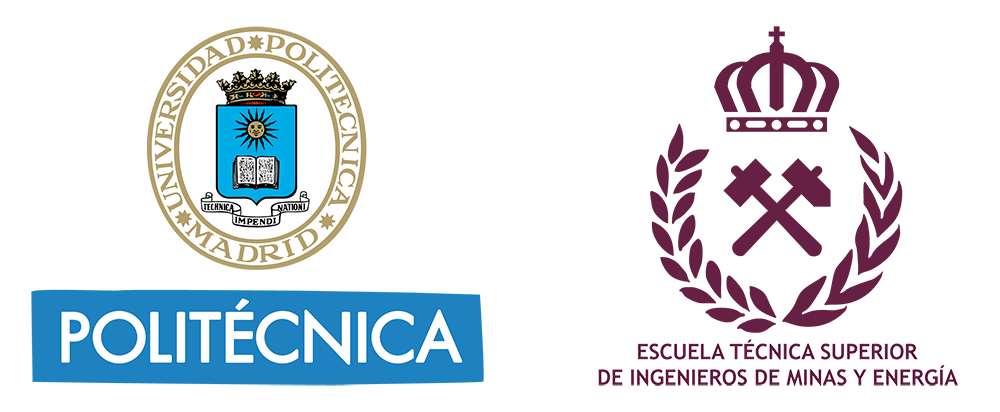This Seed Project aims to create the basis for a detailed study of the pozzolanic properties of volcanic materials and sedimentary volcanos in the Holguin region of Cuba, and to assess their value as high quality raw materials for the industrial manufacture of cements, mortars, and concretes to be used in the construction of low-cost housing for the local inhabitants that have been badly affected by hurricanes over the last three years.
At the same time, it aims to establish standardized parameters for the conditioning and use of these materials throughout the country, thus ensuring not only an adequate number of homes for those in need, but also the creation of jobs and the consequent social benefits in the area, the upskilling of workers, an increase in interest on the part of companies, and the corresponding investments in the short and medium term, as well as the low environmental impact associated with the exploitation and treatment of these resources.
The existence of large deposits of volcanic materials (ash, kaolin, glass, pumice stone, vitreous tubs, zeolites, bentonites, among others) in the region, due to it being located on 2 tectonic plates, allow for the considered selection of the most viable sectors, based on geology, geography, location of the plants, distance to port, access roads, and the local demand for Pozzolanic cements.
The José Mercerón cement company, located in the Province of Santiago, in Cuba, more than a hundred kilometers south of Holguín, is the only factory that supplies cement to the five provinces of eastern Cuba, including the Holguin region. It is also worth noting that production is limited because of a significant deficit in suitable raw materials, which is a direct reflection of the consequences of the heavy blockades placed on the country over the past five decades. Added to this is the damage caused by the hurricanes that have so persistently ravaged Cuba over the past three years, causing further supply and demand problems.
Despite its deteriorating economy, Cuba is making great efforts to devote some of its scarce financial resources to the creation of social enterprise plans, including, due to high demand, the construction of low-cost housing for citizens affected by hurricanes.
This project, through the ‘Instituto Superior Minero-Metalúrgico de Moa’ (Cuba), is directly linked to a national Cuban project, coordinated, and led by that institution, the data from which is provided below:
"Geological characterization and evaluation of the vitreous and zeolitized tuffs of the Province of Holguin for use as pozzolanic materials", which belongs to the National Program "Integral Characterization of the Geology of Cuba" (see annex 1). This project has a total budget of 142,708 CUP, of which 57,104 CUP are approved for 2015. The duration is two years (2015-2017), and it includes professors and researchers from the scientific and teaching entities detailed below:
- The ‘Instituto Superior Minero Metalúrgico de Moa’ (ISMM). Holguín, Cuba (Project Lead).
- The ‘Instituto Cubano de Geología y Paleontología’ (IGP). Havana, Cuba.
- The ‘Centro Técnico para el Desarrollo de Materiales de Construcción’ (CTDMC). Havana, Cuba.
- The general and specific objectives of this project are set out in Annex 1 of this application.

